Happy Halloween, guys!
I was processing my photos from Krakow taken shortly after HiveFest this year. And I think there are several among them suitable for today's topic. In fact, I am glad I can combine them into one post. Halloween is undoubtedly a pagan holiday but the church constantly reminded believers about death. Both pagans and Christians believe that human existence does not end after death. There are other curious parallels as well.
Most likely, Halloween has Celtic roots and origins from the Gaelic holiday Samhain which was celebrated on the 40th day after the Autumn solstice, i.e. October 31st. The number 40 has a sacred meaning and is always about transformation or transition.
The Celts were pastoralists, so on this day they celebrated, including the return of cattle home. They lit a fire, cooked the meat of slaughtered cattle on it, and then there was fortune-telling, which was called bonfire (they threw bones into the fire). Also, the fire should show the way for passed family members on one hand, and scare away evil spirits on the other hand.
Christianity could not break these traditions, so the church transformed this celebration into All Hallows Day, All Souls Day, and later All Hallowed Eve -> Halloween.
But let's get back to my photos.😊 The first series seems to be the most intriguing and impressive.
Roman Catholic church of St. Catherine of Alexandria, Augustinian Monastery
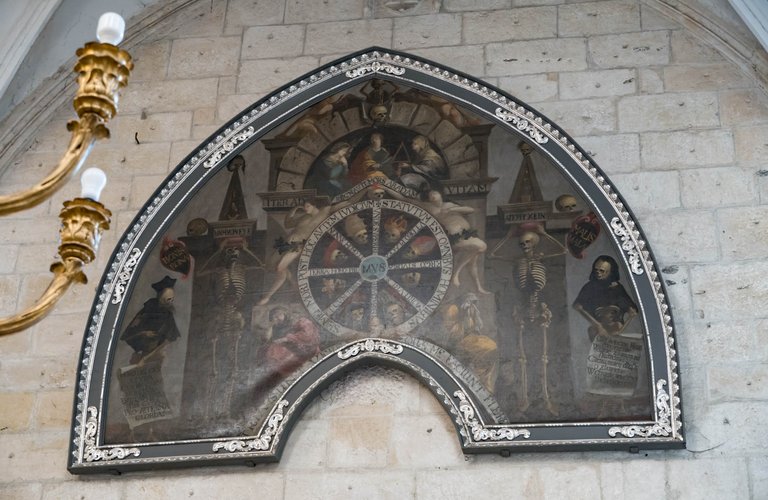
This painting hangs above the main entrance. I noticed that in temples, scenes of Judgment Day are often depicted above the entrance. But this is something completely different. The characters are skulls and skeletons, with a few exceptions. I absolutely did not expect to see so many skeletons in the church.
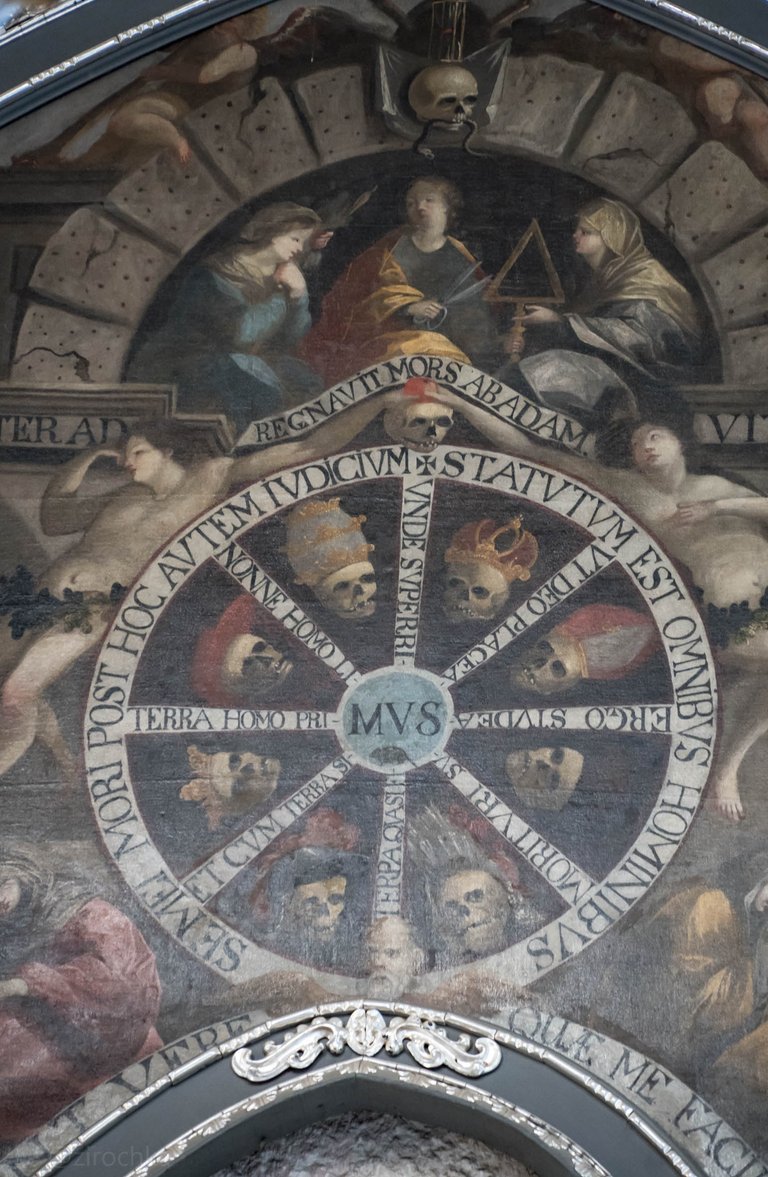
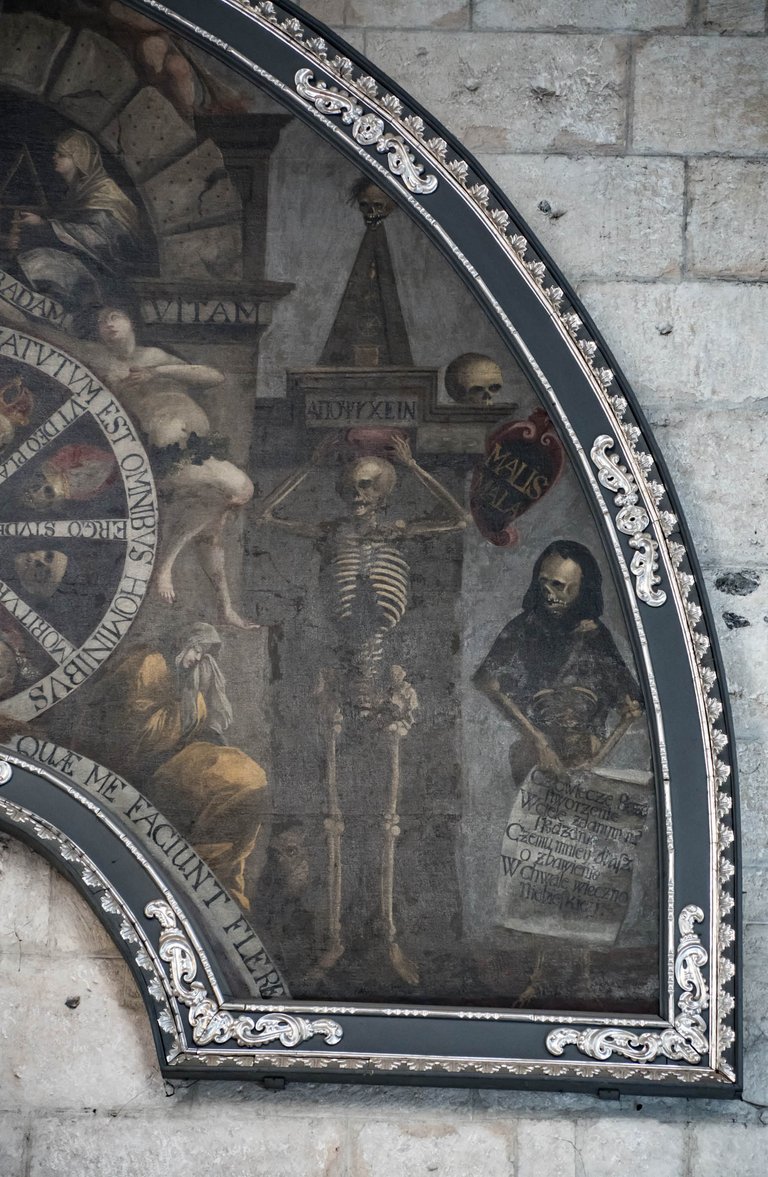
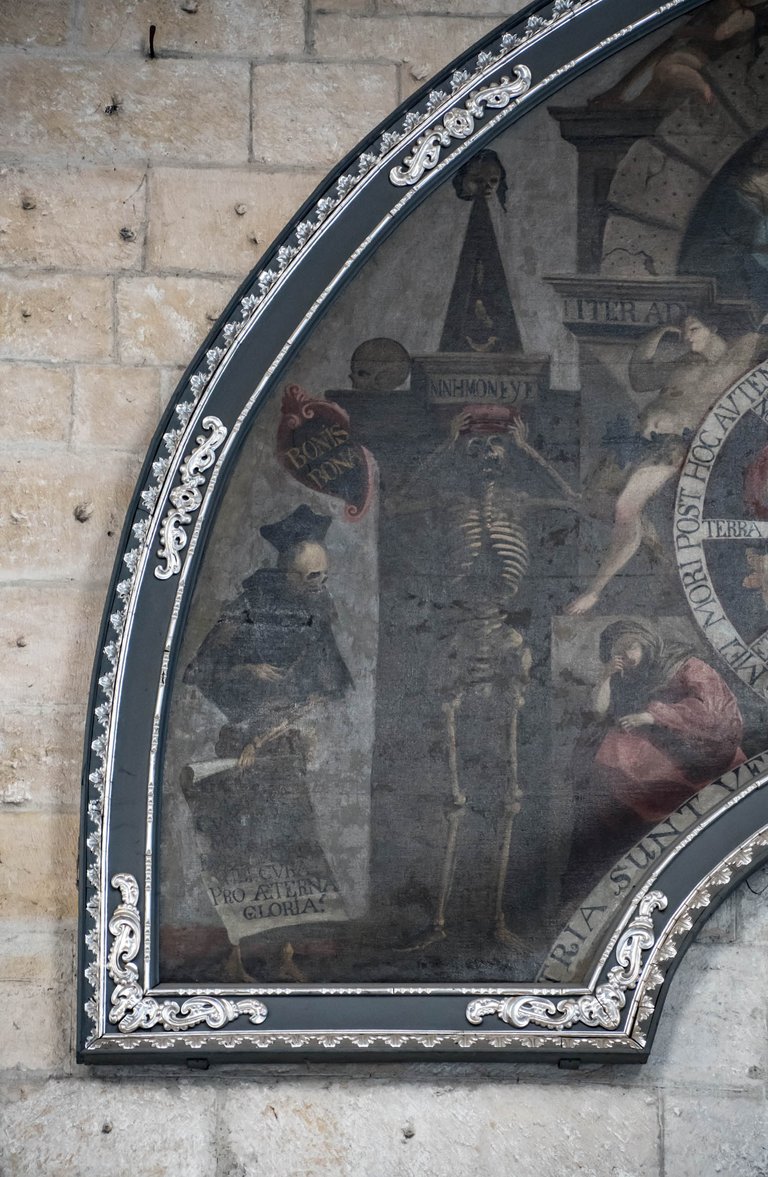
Today, I tried to figure out its meaning. And you know what? I googled the phrase that is made up of words placed horizontally. Google seems to know Latin. It turned out this way: "The path to death reigned in Abbot's life". Abbot is the title of the "chief" of a male monastery.
The very foundation of this monastery was connected with sins and death, or rather with murder. When the Bishop of Kraków sent his envoy to the soft spot King Casimir the Great (Kazimierz Wielki) to admonish him that the church condemns his lewd behavior... the king had the messenger drowned in the Vistula.
Repenting his deed, the king later turned to Pope Clement VI to lift the anathema. The Holy Father absolved him and ordered an appropriate penance: the construction of a number of churches, including that of St Catherine and St Margaret in Kraków in the place where the body of the drowned priest surfaced. (source)
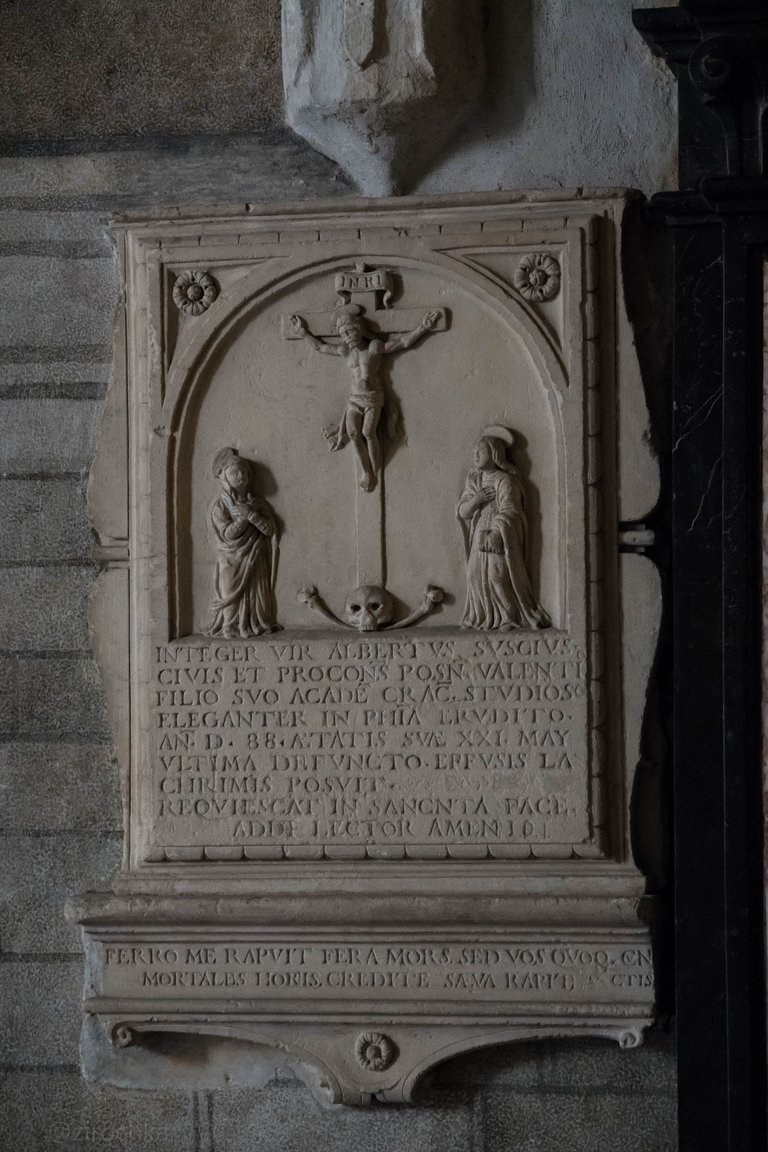
Here is another skull that probably means Death or Hell. The fear of eternal torment after death was supposed to prevent sins, but it apparently rarely worked, judging by the number of reminders.

Basilica of the Holy Trinity, Kraków
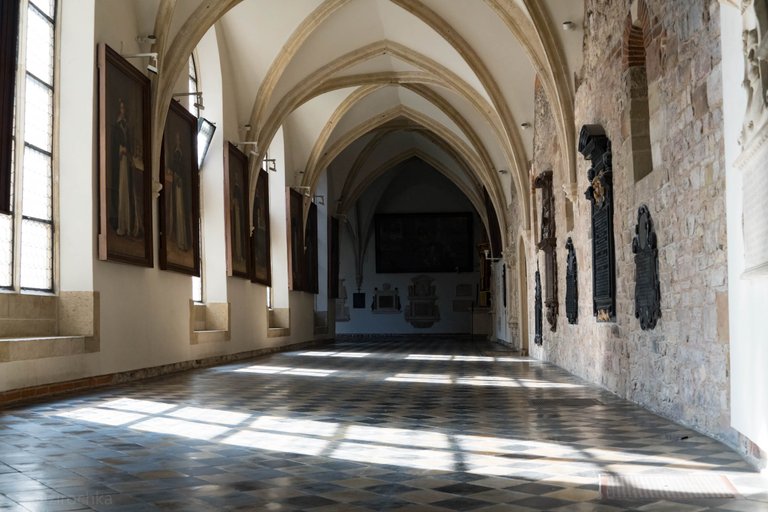
Kraków campo santo is a cloister adjacent to the church among other monastery buildings. It is called so due to many tombstones and epitaph plaques embedded in the walls. There are also portraits of bishops from the Dominican order.
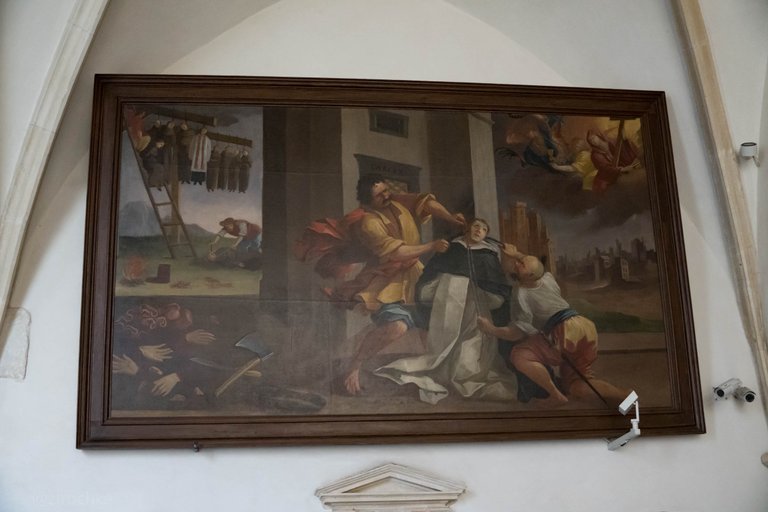
This one is "Martyrdom of St. John of Cologne" and it took me a while to find it out. The event is happening in Gorkum. However, the painting also depicts the death of other Roman-Catholic priests and Dominican monks. Spooky details. Was it necessary?

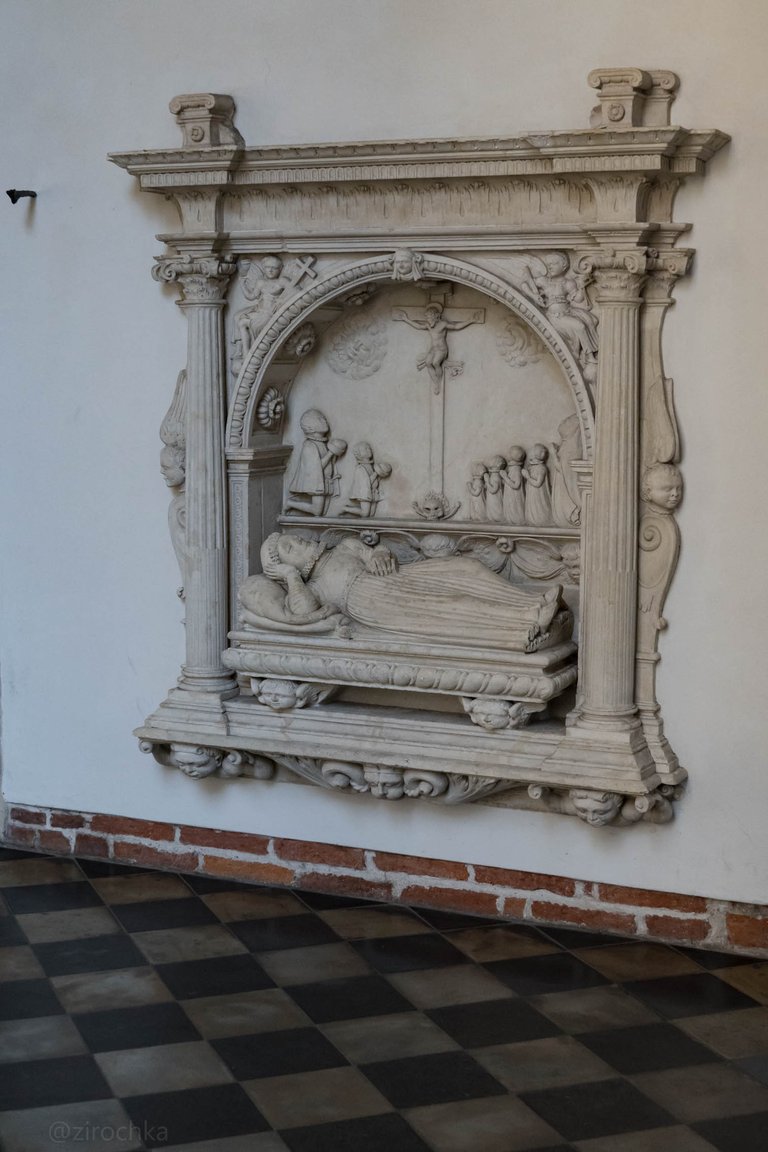
Another scull at the foot of the crucifix of the monument dedicated to the death of young lady I suppose.
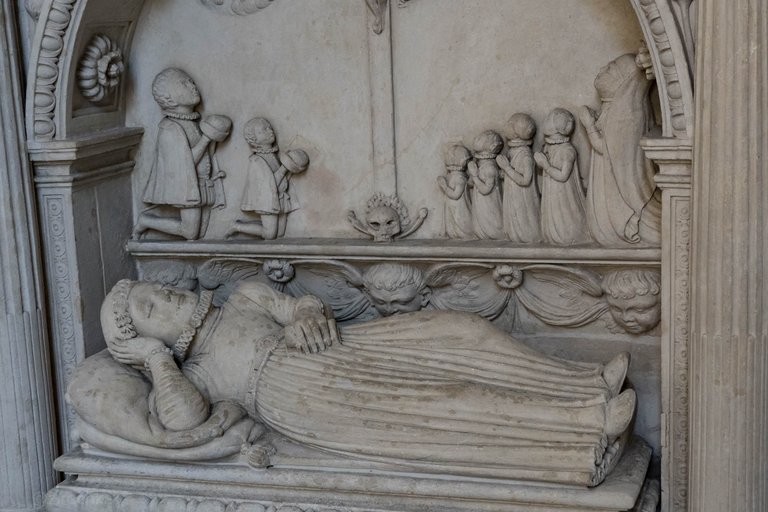
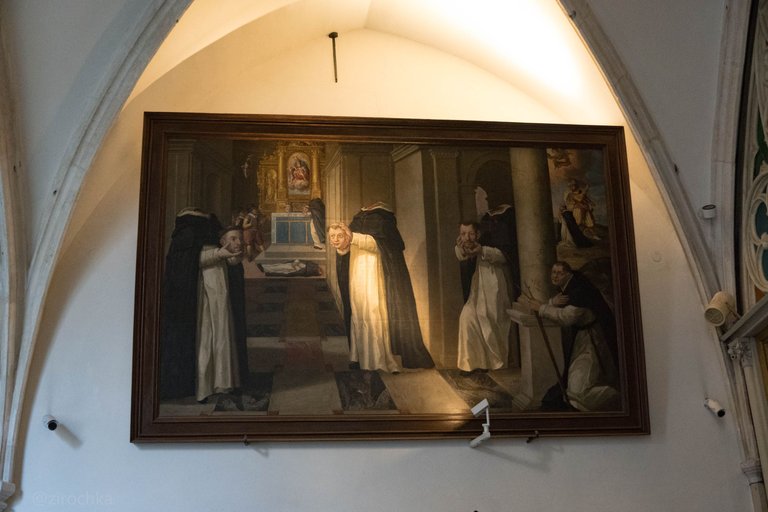
"Martyrs of Toulouse" by Tommaso Dolabella.
Dominicans William Arnaud, Bernard of Rochefort and Gracia of Aure were the first inquisitors in Languedoc. They lived in the monastery of St. James in Toulouse. Along with several companions from the Order of St. St. Francis went to Avignonet in the Diocese of Toulouse for a disputation with the Albigenses. Although the faithful warned them of the danger, they went to the meeting. They accepted hospitality at Raymond VII's castle, thus falling into an ambush prepared by the city's governor. Wilhelm, seeing the ambush, intoned the Te Deum hymn, which his comrades took up. And they died while he was singing. This took place at night of May 28-29, 1242, during the Ascension of the Lord. (source)
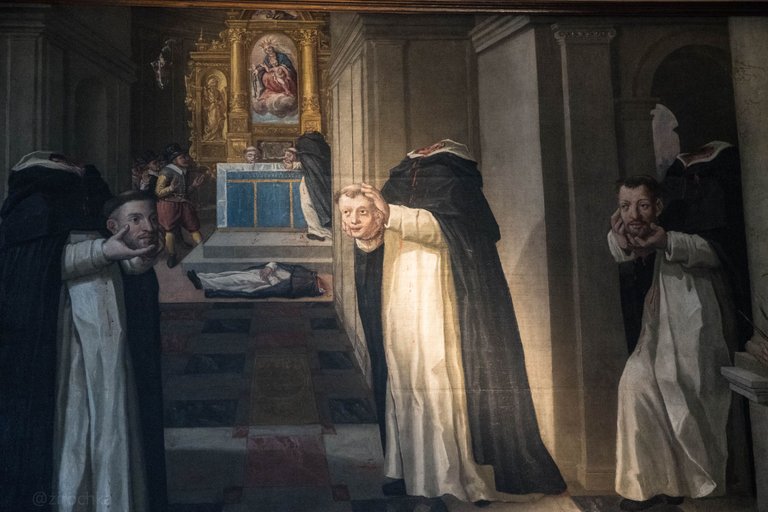

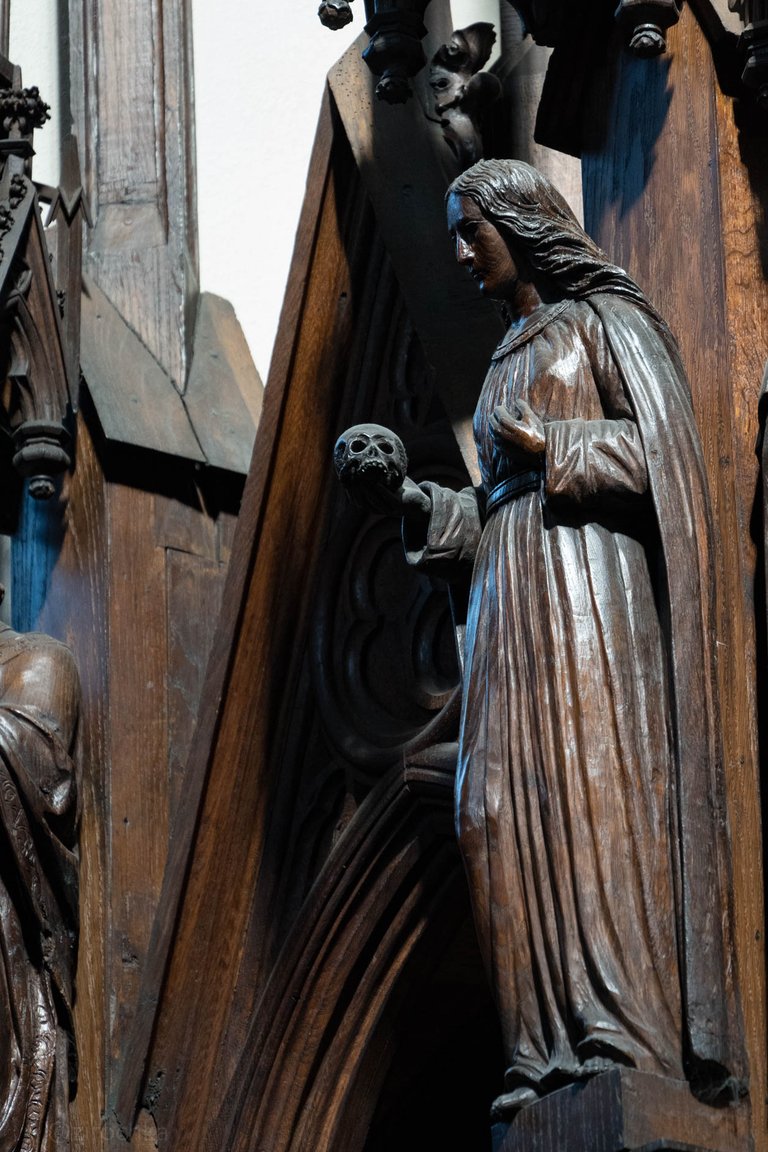
After all that was seen, all that remained was this cute statue standing in the Basilica holding a skull. She looks relatively cute.

That's all 🖤
Have a nice spooky night ....

Cheers,
